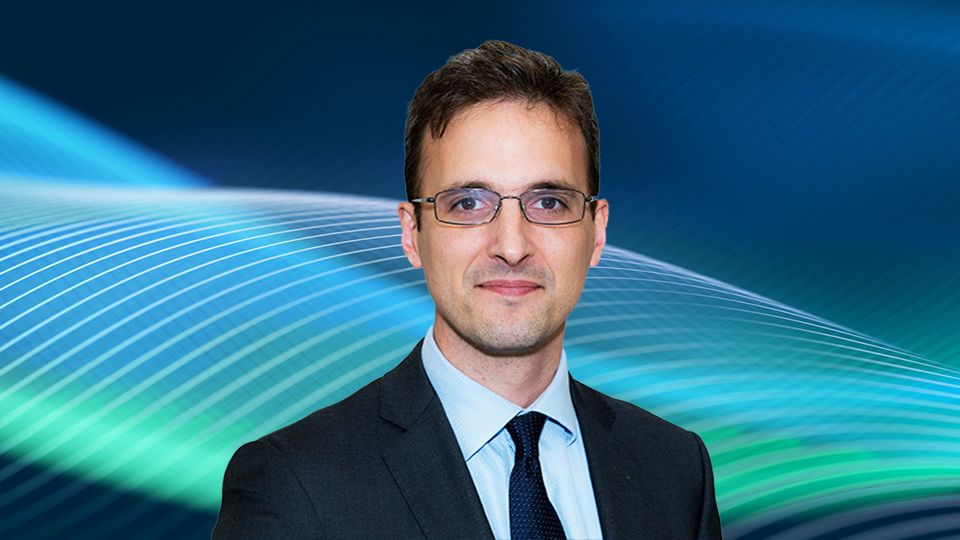How does the UBAM Positive Impact Emerging Equity fund find impact investments in emerging markets?
We use a range of tools but Imap is definitely at the centre of the process because this is how we determine the alignment of companies with the UN Sustainable Development Goals (SDGs).
We’re bottom-up and the way we score the impact of the companies we invest in is to take [geographical location] into account because it is part of the context. If you invest in a water utility in Brazil, some of the marginal capex that has been put into the ground will provide access to water to people who don’t have regular access.
If you do the same in the UK, it’s not going to be the case. Using that context will give a higher impact score to those companies in those environments and that is used to determine the size of the position in our portfolio.
The fund’s largest sector is financials, how is that justified?
We’ve got about the same weight as the benchmark in financials, so it looks like we’re doing the same as a benchmark, but in fact we’re doing something different. In the benchmark you will find lots of banks, some of them state owned, most of them dealing with large corporate clients.
We find more specialised financial institutions. Some of them are big, such as large banks that have an involvement with microcredit or financial inclusion in difficult territories. Usually, we look for at least a combination of the two – just offering continuous banking services across a nation is not enough to qualify as an impact investor. We also want to see the specific financial inclusion strategy that will make us comfortable this institution contributes to giving access to payments to people who traditionally have more difficult access.
See also: – Global investors to increase allocations to impact strategies
Beyond that, we also have investments in institutions that specialise in microcredit or in a type of asset-based lending that will give opportunities to small entrepreneurs to launch their business or to very small companies to develop that business in a way that is aligned with the SDGs.
For example, Compartamos in Mexico was one of the first for-profit microcredit IPOs ever, and that’s IBM stock. And you’ve got a number of institutions that have a significant proportion of business happening in that micro or very small area in Latin America, India and south-east Asia. We have a significant number of opportunities in that area and that’s not the case in developed markets. You can’t really find the same type of exposure in western Europe or the US. So that is a way in which you can diversify.
Read the full interview in ESG Clarity’s October 2023 digital magazine.








